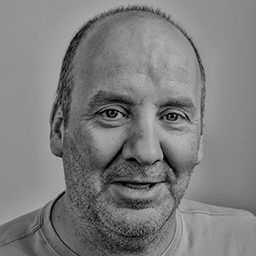
By MATTHEW HOLT
I was invited on the Health Tech Talk Show by Kat McDavitt and Lisa Bari and I kinda ranted (go to 37.16 here) about why we don’t have primary care, and where we should find the money to fix it. I finally got around to writing it up. It’s a rant but a rant with a point!
We’re spending way too much money on stuff that is the wrong thing.
30 years ago, I was taught that we were going to have universal health care reform. And then we were going to have capitated at-risk entities. then below that, you have all these tech enabled services, which are going to make all this stuff work and it’s all going to be great, right?
Go back, read your Advisory Board Company reports from 1994. It says all this.
But (deep breath here) — partly as a consequence of Obamacare & partly as a consequence of inertia in the system, and a lot because most people in health care actually work in public utilities or semi-public utilities because half the money comes from the government — instead of that, what we’ve got is this whole series of massive predominantly non-profit organizations which have made a fortune in the last decades. And they’ve stuck it all in hedge funds and now a bunch of them literally run actual hedge funds.
Ascension runs a hedge fund. They’ve got, depending who you believe, somewhere between 18 billion and 40 billion in their hedge fund. But even teeny guys are at it. There’s a hospital system in New Jersey called RWJ Barnabas. It’s around a 20 hospital system, with about $6 billion in revenue, and more than $2.5 billion in investments. I went and looked at their 990 (the tax form non-profits have to file). In a system like that–not a big player in the national scheme–how many people would you guess make more than a million dollars a year?
They actually put it on their 990 and they hope no one reads it, and no one does. The answer is 28 people – and another 14 make more than $750K a year. I don’t know who the 28th person is but they must be doing really important stuff to be paid a million dollars a year. Their executive compensation is more than the payroll of the Oakland A’s.
On the one hand, you have these organizations which are professing to be the health system serving the community, with their mission statements and all the worthy people on their boards, and on the other they literally paying millions to their management teams.
Go look at any one of these small regional hospital systems. The 990s are stuffed with people who, if they’re not making a million, they’re making $750,000. The CEOs are all making $2m up to $10 million in some cases more. But it also goes down a long way. It’s like the 1980s scene with Michael Douglas as Gordon Gecko in Wall Street criticizing all the 35 vice presidents in whatever that company was all making $200K a year.
Meanwhile, these are the same organizations that appear in the news frequently for setting debt collectors onto their incredibly poor patients who owe them thousands or sometimes just hundreds of dollars. In one case ProPublica dug up it was their own employees who owed them for hospital bills they couldn’t pay and their employer was docking their wages — from $12 an hour employees.
Continue reading…










